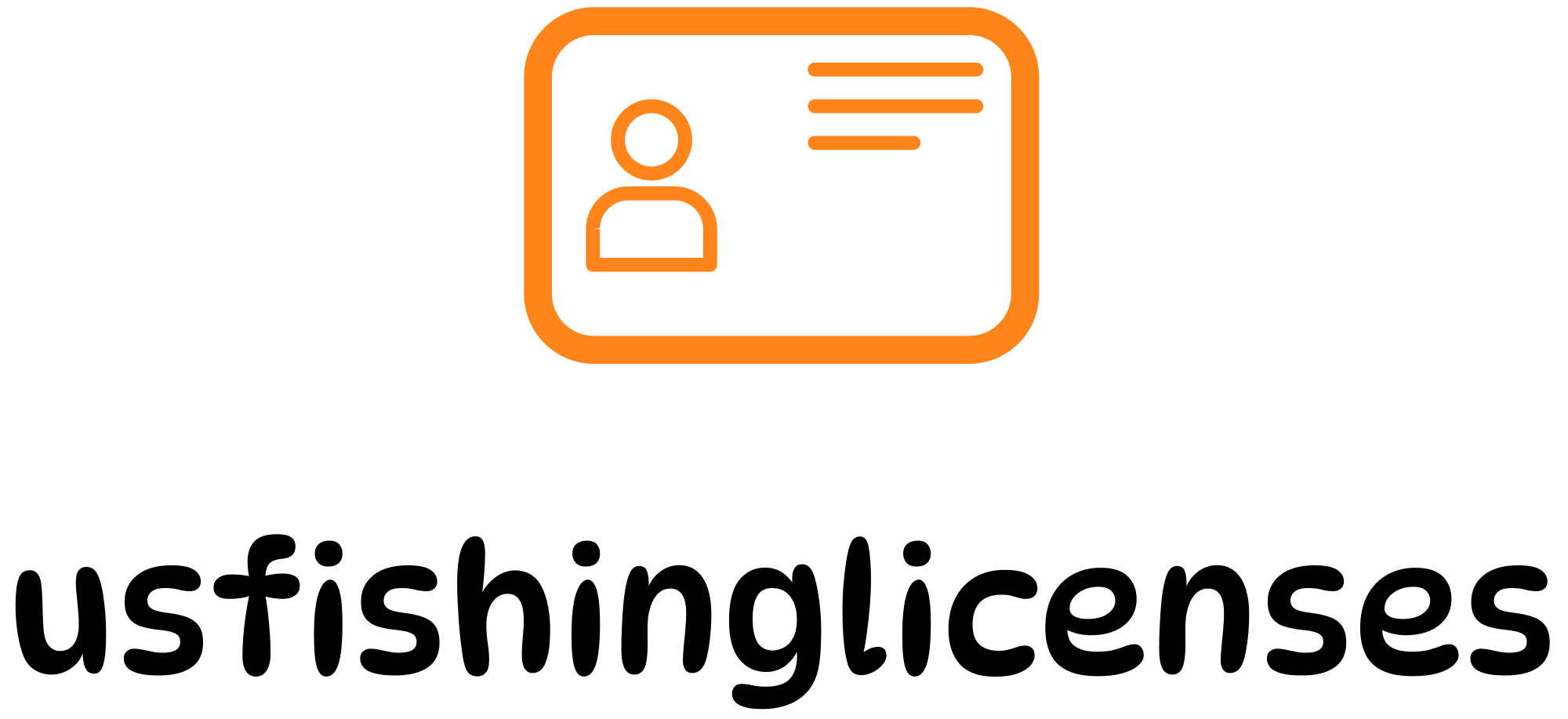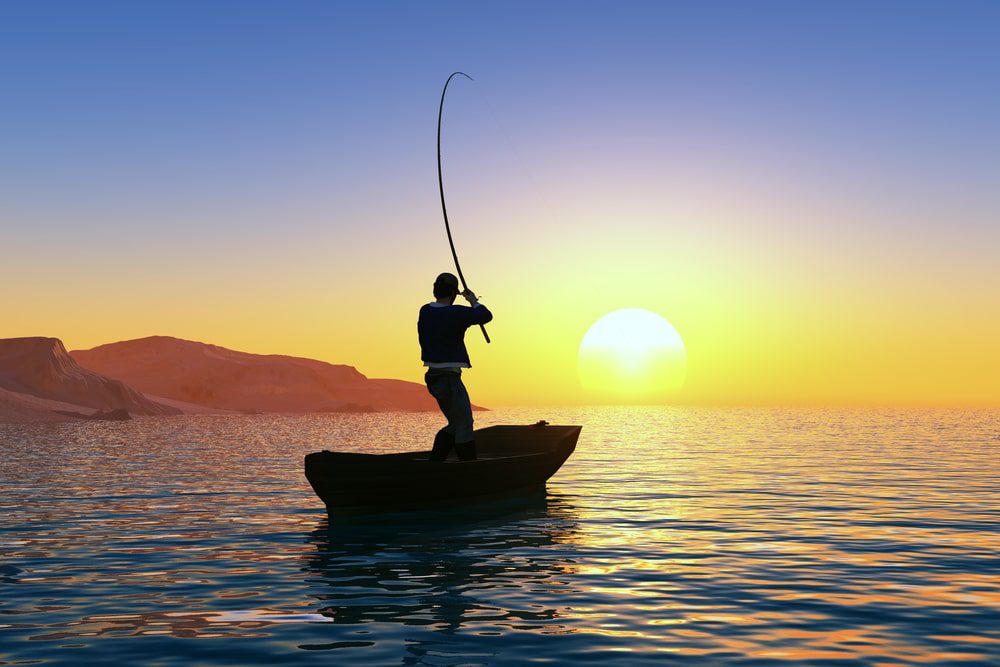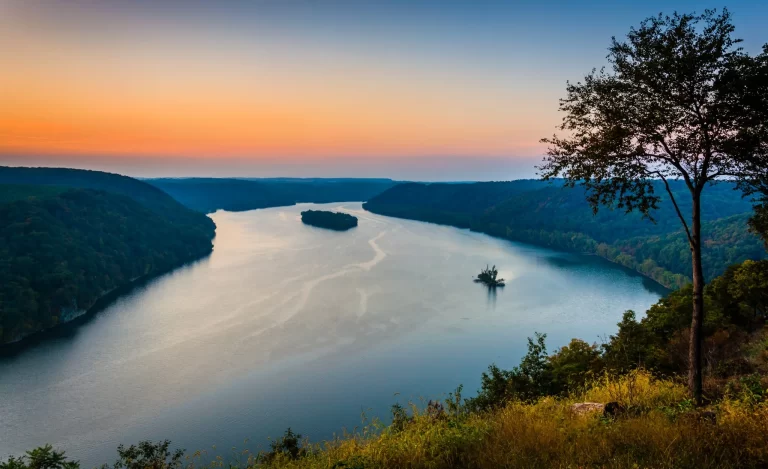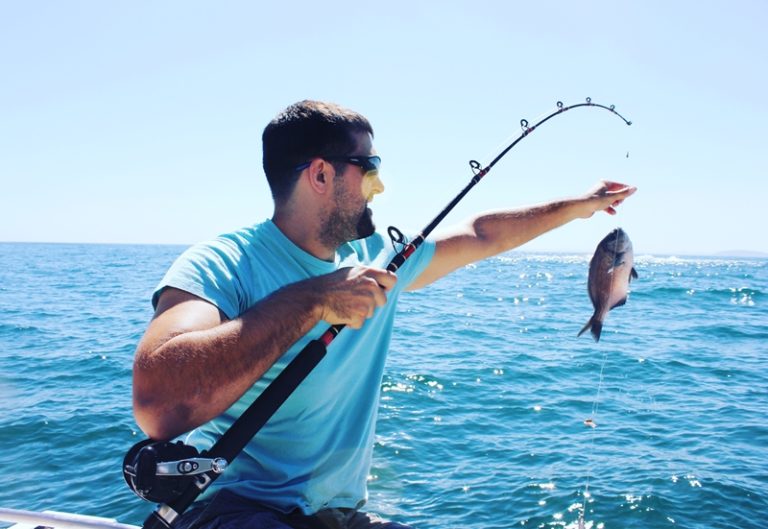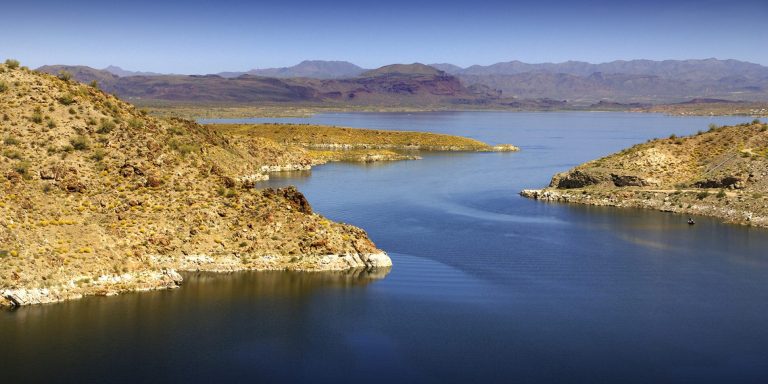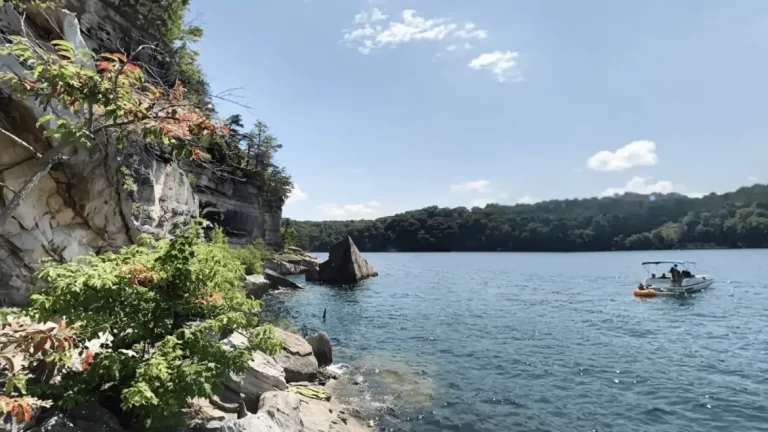Maryland, known as the “Free State,” offers anglers a diverse array of fishing opportunities, from serene lakes and mighty rivers to the Chesapeake Bay and the Atlantic Coast. Whether you’re a seasoned pro or a beginner, this comprehensive guide will help you navigate Maryland’s fishing regulations, obtain the right license, and discover the state’s top fishing destinations.
Understanding Maryland Fishing Licenses
For those of us who have spent countless hours on the water, whether it’s casting a line from a tranquil lakeside or battling the waves of the Chesapeake Bay, understanding the licensing requirements in Maryland is essential. Fishing licenses not only ensure that we are fishing legally but also contribute to the conservation of our aquatic ecosystems. Maryland offers a variety of licenses tailored to different fishing styles and locations, making it easier for everyone to enjoy the sport.
Freshwater Fishing Licenses
Maryland Non-Tidal Fishing License
- Overview: This license is required for fishing in freshwater lakes, rivers, and streams across Maryland. It’s perfect for those who enjoy the serenity of inland waters.
- Availability: The license comes in three options:
- Annual License: Valid for 365 days from the date of purchase.
- 7-Day License: Ideal for short trips or vacations.
- 3-Day License: Exclusively available for non-residents.
- Pricing: Fees vary for residents and non-residents, making it accessible for both locals and visitors. For example, the annual fee for residents is significantly lower than for non-residents, reflecting Maryland’s commitment to encouraging local anglers.
Trout Stamp
- Overview: If you’re planning to fish for trout in designated areas, you’ll need this stamp in addition to your Non-Tidal Fishing License.
- Purpose: The funds generated from the sale of trout stamps help support trout stocking programs, which are vital for maintaining healthy fish populations in Maryland’s freshwater systems.
Saltwater Fishing Licenses
Chesapeake Bay and Coastal Sport Fishing License
- Overview: This license is required for saltwater fishing in the Chesapeake Bay and coastal waters, making it essential for those who love the thrill of ocean fishing.
- Coverage: It allows anglers to fish in both the Chesapeake Bay and the Atlantic Coast, providing access to a wide variety of species, from striped bass to flounder.
License Exemptions and Special Situations
Understanding who is exempt from needing a fishing license can help many anglers enjoy the sport without the added cost:
- Military Personnel and Veterans: Those who have served may be eligible for discounted or free licenses, recognizing their contributions and sacrifices. This is a great way to encourage veterans to engage with nature and find solace in fishing.
- Age Exemptions: Anglers under 16 years old or over 65 may be exempt from certain license requirements. This is particularly beneficial for families looking to introduce younger generations to fishing or for seniors who wish to enjoy the hobby without additional expenses.
- Free Fishing Days: Maryland offers several free fishing days throughout the year, allowing anyone to fish without a license. These days typically fall on the first two Saturdays in June and July 4, making them perfect opportunities for family outings or community fishing events.
For more detailed information on obtaining your fishing license, visit the Maryland Department of Natural Resources website.
Top Maryland Fishing Destinations

Freshwater Fishing Hotspots
Deep Creek Lake
Nestled in the picturesque Garrett County, Deep Creek Lake is a 3,900-acre man-made reservoir that has been a favorite among anglers aged 40-65+ for decades. This lake offers excellent fishing opportunities for a variety of species, including smallmouth and largemouth bass, walleye, yellow perch, and chain pickerel.
Best Times to Fish: Spring and fall are prime times to target bass, while winter offers the unique experience of ice fishing. As seasoned anglers, we know the value of patience and persistence, so we’re willing to brave the colder months to reel in that trophy catch.
Insider Tip: Visit on weekdays or early mornings to avoid the crowds and enjoy a more peaceful fishing experience. As we’ve learned over the years, timing is everything when it comes to finding the perfect balance between solitude and productivity on the water.
Centennial Lake
This well-maintained 54-acre reservoir in Howard County is a hidden gem for shore fishing enthusiasts aged 40-65+. Regularly stocked with game fish, Centennial Lake is a prime destination for anglers looking to target species such as largemouth bass, rainbow trout, bluegill, and catfish.
Best Times to Fish: Spring and fall are ideal for trout, while summer is the perfect time to target bass. As anglers with years of experience under our belts, we know that adapting to changing conditions and being flexible with our target species is key to successful fishing trips.
Insider Tip: The west end of Centennial Lake is a designated wildlife sanctuary, offering a serene and peaceful fishing environment. As we’ve learned over the years, sometimes the most productive fishing spots are also the most beautiful and tranquil.
Potomac River
The majestic Potomac River offers diverse fishing opportunities along its course through Maryland, making it a popular destination for anglers aged 40-65+. This river is known for its healthy populations of largemouth bass, striped bass, catfish, and the increasingly common snakehead.
Best Times to Fish: Spring and fall are generally the best times to target most species in the Potomac River. As seasoned anglers, we understand the importance of adapting our tactics and techniques to the changing seasons and conditions.
Insider Tip: Try fishing the tributaries like Mattawoman Creek for excellent bass fishing. As we’ve learned over the years, exploring lesser-known areas and being willing to venture off the beaten path can often lead to the most rewarding fishing experiences.
Gunpowder River
The Gunpowder River, located just north of Baltimore, is a renowned trout fishing destination that has been attracting anglers aged 40-65+ for generations. This river is known for its healthy population of wild brown trout, making it a challenging and rewarding fishery for those who enjoy the thrill of the hunt.
Best Times to Fish: The Gunpowder River offers excellent trout fishing year-round, with particularly good conditions in the winter months. As anglers with years of experience, we know that persistence and adaptability are key to success on this river.
Insider Tip: Visit on weekdays for a more peaceful fishing experience. As we’ve learned over the years, sharing the water with fewer anglers can often lead to more productive and enjoyable fishing trips.
Coastal Fishing Destinations
Assateague Island National Seashore
Assateague Island, a barrier island off the coast of Maryland, offers miles of pristine beaches that are perfect for surf fishing. This destination is a favorite among anglers aged 40-65+ who enjoy the challenge of targeting species such as red drum, black drum, striped bass, bluefish, and flounder.
Best Times to Fish: Spring and fall are generally the best times to target most species along the beaches of Assateague Island. As seasoned anglers, we know that paying attention to tide charts and weather conditions is crucial for success in the surf.
Insider Tip: Check tide charts and weather conditions before your visit to ensure the best possible fishing conditions. As we’ve learned over the years, being prepared and adaptable is key to a successful and enjoyable fishing trip.
Ocean City Pier
The Ocean City Pier, an iconic 800-foot structure extending into the Atlantic Ocean, is a popular destination for anglers aged 40-65+ looking to target a variety of species from the shore. This pier is known for its productive fishing for flounder, bluefish, sea trout, and occasional red drum.
Best Times to Fish: Summer and early fall are generally the best times to fish the Ocean City Pier, as these months coincide with the peak of many species’ migrations. As anglers with years of experience, we know that being persistent and trying different tactics can often lead to success, even in the face of changing conditions.
Insider Tip: Fish early morning or late evening for the best results. As we’ve learned over the years, paying attention to the daily patterns of our target species and adjusting our fishing times accordingly can often lead to more productive and rewarding fishing trips.
Maryland Fishing Regulations and Conservation
Responsible angling is crucial for preserving Maryland’s aquatic ecosystems, especially for those of us who have spent years enjoying the sport and want to ensure it remains vibrant for future generations. Understanding and adhering to fishing regulations not only ensures compliance but also contributes to the sustainability of fish populations and their habitats.
Key Regulations to Know
- Size and Creel Limits: These regulations vary by species and location, designed to protect fish populations from overfishing. For instance, the minimum size limit for striped bass typically ranges from 19 to 24 inches, while black drum must be at least 16 inches. Familiarizing ourselves with these limits enhances our fishing experience and helps us contribute to conservation efforts.
- Catch-and-Release Policies: Some areas in Maryland have implemented catch-and-release only policies to help maintain fish populations. This practice is particularly common for species under pressure, such as certain trout species. Knowing when and where these policies apply can help us make informed decisions while fishing.
- Invasive Species Management: Certain invasive species, such as the snakehead, must be harvested if caught. This regulation aims to control populations that threaten native fish and aquatic ecosystems. As anglers, we play a critical role in this effort by reporting catches and following regulations regarding invasive species.
- Live Bait Restrictions: The use of live bait is restricted in some waters to protect native species and ecosystems. Always check local regulations before using live bait to ensure compliance.
For detailed, up-to-date regulations, consult the Maryland DNR Fishing Guide. This resource is invaluable for staying informed about changes in regulations and best practices for responsible fishing.
The Importance of Conservation
As seasoned anglers, we understand the importance of conservation efforts in maintaining the health of our waterways. Engaging in responsible fishing practices not only preserves our beloved pastime but also protects the delicate balance of aquatic ecosystems. Here are some ways we can contribute:
- Participating in Local Conservation Initiatives: Many local organizations and fishing clubs engage in conservation efforts, including habitat restoration and clean-up events. Joining these initiatives can provide a sense of community and purpose, allowing us to give back to the environment that has given us so much joy.
- Educating Others: Sharing knowledge about responsible fishing practices with younger generations or novice anglers can help foster a culture of conservation. By mentoring others, we can instill a sense of responsibility and appreciation for our natural resources.
- Advocating for Sustainable Practices: Supporting policies that promote sustainable fishing practices, such as habitat protection and responsible stocking programs, can help ensure the longevity of our fishing resources. Engaging with local and state officials about the importance of these issues can amplify our voices as anglers.
Essential Fishing Gear and Techniques
Freshwater Fishing Gear
For those of us who appreciate a good day on the water, selecting the right gear is essential for an enjoyable and successful fishing experience. Here are some recommendations:
- Light to Medium Spinning or Baitcasting Gear: This type of gear is versatile and suitable for various freshwater species. Look for rods that are lightweight yet durable, allowing for extended use without causing fatigue. Brands like Shimano or Abu Garcia offer excellent options that balance quality and affordability.
- Fly Fishing Equipment: For those who enjoy the art of fly fishing, having the right setup is crucial. A 9-foot, 5-weight rod is a great all-around choice for targeting trout in rivers and streams. Consider investing in a quality reel with a smooth drag system to handle larger fish effectively.
- Popular Lures: Familiarize yourself with effective lures for freshwater fishing, such as:
- Soft Plastics: Great for bass fishing, especially in warmer months.
- Crankbaits: Ideal for covering water quickly and targeting various species.
- Jigs: Versatile and effective for both freshwater and saltwater fishing.
Saltwater Fishing Gear
Saltwater fishing presents unique challenges and requires specialized gear. Here’s what to consider:
- Heavier Spinning or Conventional Gear: For surf and pier fishing, opt for rods that can handle the rigors of saltwater environments. Look for corrosion-resistant materials and sturdy components to ensure longevity.
- Popular Baits: When targeting saltwater species, consider using:
- Bloodworms: Effective for a variety of species, including striped bass.
- Squid: A versatile bait that attracts many saltwater fish.
- Cut Bait: Useful for larger species like shark and drum.
- Hiring a Charter: For those interested in offshore fishing adventures, hiring a charter can provide access to prime fishing locations and expert guidance. Many charter services cater to older anglers, offering comfortable boats and knowledgeable crews to enhance your experience.
Fishing Safety and Etiquette
As we enjoy our time on the water, safety should always be a top priority. Here are some essential safety tips:
- Always Wear a Life Jacket: This is crucial, especially when boating. Many accidents occur due to unexpected situations, and wearing a life jacket can save lives.
- Check Weather Forecasts: Before heading out, always check the weather conditions. Sudden changes in weather can pose risks, especially on open water.
- Respect Other Anglers’ Space: Fishing can be a social activity, but it’s important to respect the space of fellow anglers. Avoid crowding others and practice good etiquette to ensure a pleasant experience for everyone.
- Practice Catch-and-Release: When appropriate, practicing catch-and-release helps maintain fish populations and allows others to enjoy the sport. Use proper techniques to minimize stress on the fish, such as using barbless hooks and wetting your hands before handling them.
- Properly Dispose of Fishing Line and Other Waste: Always clean up after yourself. Disposing of fishing line and other waste properly helps protect wildlife and keeps our fishing spots pristine. Consider using a line recycling bin if available.
Additional Safety Considerations
- Stay Hydrated: Bring plenty of water, especially during hot days. Dehydration can lead to fatigue and impair your ability to fish safely.
- Use Sunscreen: Protect your skin from harmful UV rays by applying sunscreen regularly, especially during long days on the water.
- First-Aid Kit: Always have a first-aid kit on hand, including bandages, antiseptic wipes, and any personal medications. This preparation can make a significant difference in case of minor injuries.
- Emergency Communication: Carry a cell phone or other communication device in case of emergencies. Inform someone about your fishing plans and expected return time.
By incorporating these safety measures and practicing responsible fishing, we not only enhance our own experiences but also contribute to the preservation of Maryland’s natural resources for future generations. As we continue to enjoy the sport we love, let’s remain committed to protecting the environment and fostering a culture of sustainability within the fishing community.
Conclusion and Call-to-Action
Maryland’s diverse fishing opportunities cater to anglers of all skill levels and preferences. By obtaining the proper license, respecting regulations, and exploring the state’s top fishing destinations, you’re set for an unforgettable angling adventure in the Free State.
Ready to cast your line? Purchase your Maryland fishing license online and start planning your trip today. For more detailed information on specific fishing locations or to connect with local angling communities, visit the Maryland Department of Natural Resources website at dnr.maryland.gov.
Remember, responsible fishing ensures these natural treasures remain for future generations to enjoy. Tight lines and happy fishing in Maryland!
